Hi all! I'm a Oiselle Volée teammate and one of the scientists on the Federation of American Scientists’ COVID-19 Ask A Scientist team. Given all of the conflicting info about mask wear, materials, if you need it when you run, etc., I want to help clarify some things!
The short answer about masks and running: Your best option is to run outside, alone, while keeping at least six feet away from others. Mask not necessary.
And now for the long answer, because everyone deserves some science in their lives.
Think of it as everyone around you is smoking, and you want to stay out of their smoke clouds. If you are standing next to someone who is constantly smoking, you will get a lot of smoke; however, if you pass within six feet of someone who is smoking, you will get very little, if any, smoke.
[Note with respect to smoking: secondhand smoke and vapor from vape products is dangerous to your health at distances of 25 feet. It’s used here as a helpful analogy, not a direct comparison -- you can use the recommended six foot distance in the case of this virus.]
You can think of the same analogy when you are running behind or downwind of someone. We do not yet know the likelihood of infection or transmission from this, and there are many factors in play with air turbulence; however, the goal is to limit exposure as best you can, so prolonged running and running behind or downwind of others should be avoided.
Why?
(1) Transmission and Infection: The main known mode of transmission of SARS-CoV-2 is through the physical movement of the virus (eg. touching an infected surface, then touching your face). Unlike bacteria, viruses do not replicate outside of host cells and they do not move around on their own.
(2) Surface Viability: The main study on this found that virus particles could be detected up to 72 hours on plastic, 48 hours on steel, 24 hours on cardboard and 4 hours on copper. However, in all these cases, <0.1% of the virus remained after this time, and concentration needed for infection is still unknown. (However, if you compare with SARS-CoV-1, the amount they found would not be enough for infection.)
(3) Air Transmission: This study found the virus can be detected in the air after 3 hours, in aerosol form (not large particles). There is a half-life decay of 2.7 hours. However, this study was done by aerosolizing virus particles into a closed container, and rotating it. This is nothing like the conditions you face outside while running where the air is circulating and not in a small box of high viral concentration.
Mask effectiveness:
The only truly effective barrier is an N95 or more intensive respirator, fit snugly to your face. PLEASE do NOT wear these when you are out and about. Instead, PLEASE donate them to your local hospital. Medical institutions are very, very low on supplies related to treating coronavirus, and the risk of dangerous infection from continued exposure (like in a hospital) is significantly higher than risk from briefly passing someone who is sick.
These cloth masks might be helpful, but they should not provide a false sense of security!
Surgical masks and cloth masks:
These have been found to reduce some of the large particles spread while coughing and talking. The potential reduction is around 3-30% depending on fabric, fit, etc. Since these large particles land on surfaces, people touch surfaces, and this causes infection, the thinking is that if we can stop some of these large particles, it will be helpful.
[Note: all studies on these masks, including the most recent one, studied change in particle transmission and not change in infectivity (eg. they counted virus particles, they did not culture any of these to see if there was change in infection rate). What they found was a potential reduction in large particles with less intensive mask wearing, and usually no reduction in aerosols. Large particles fall out of the air quickly and do not travel more than a few feet, but aerosols can stay around.]
Change in particles transmitted and infectivity are related, but different. Cloth masks can help prevent large particles, not aerosols, from spreading. Hence, they are going to be helpful in the case of being in spaces where you are in close contact with people (grocery stores, etc), and sick people who are coughing reducing transmission. The likelihood that you catch enough virus to make you sick while running outside and keeping distance from others is incredibly low. Additionally, it is not likely that wearing any mask, especially something semi-breathable like a buff, is helping to reduce risk.
Mask Materials:
There are many social reasons for wearing a mask in public spaces, and you want to follow local guidelines even if they are not entirely scientifically backed. But not every material is created equal. See this very good guide on material effectiveness when selecting fabric.
PLEASE REMEMBER:
These cloth masks might be helpful, but they should not provide a false sense of security!
The BEST thing to do is social distance, wash your hands, and avoid face touching.
The WORST thing you can do is keep wearing the same cloth over your face, or keep touching/adjusting a cloth that goes on your face.
I have seen many people advocating for wearing a buff and pulling it up and down. Apart from the above about effectiveness, this is a bad idea especially if you touch things (gates, lights, etc) while you run because it is the equivalent of constantly touching your face! If you do this for social reasons, that is fine, but please be sure that both your buff and your hands are clean!
Mask Wearing DOs and DON’Ts:
DO:
- wash hands every time
- ensure tight seal
- cover mouth and nose
- put your mask on using the ear holds, not by touching the front
DON’T:
- adjust while wearing
- take it off to eat a snack and then put it back on
- reuse the same dirty mask multiple times
Viral Loading (this is not getting enough attention and it is IMPORTANT):
Just like secondhand smoke or any other poison, the danger of a virus depends on how much you are exposed to. This is likely why we see healthy medical professionals becoming ill (because we have no sufficient personal protective equipment [PPE] with constant exposure), and why there are many cases of one person in a house becoming mildly ill, but the second person becoming significantly more sick.
You want to focus your energy on avoiding crowds and taking serious precautions if someone in your home falls ill. You should not waste too much of your energy on fearing running outside. However, if you are high risk, or around those who are high risk, please take all precautions!
Distancing on Trails
With increased use of trails and paths, please remember to social distance effectively by doing the following:
- Walk/run alone, or with one other member of your household.
- Avoid going out with those not in your house, even if you are keeping your distance.
- If you feel you must walk with a larger family, please take efforts to go on less used and wider paths, with less foot traffic.
- When allowing someone to pass, move your ENTIRE party to ONE side of the trail/walkway.
- Try to get as far off as possible without disrupting wildlife.
- As most trails are narrow, it is difficult to pass with a wide radius if members of your group take up both edges of the trail or walkway.
- Face away from the trail/passerby when allowing someone to pass to avoid airborne spread.
- Do not spit on the trail
For more questions, you can find the Ask a Scientist "google" machine here. There are many people working to provide accurate responses and vet answers to make it more reliable than just googling. It is also being integrated into Amazon Alexa so you can ask there, too.
Thank you!
This information has been vetted, but please contact me with any questions or updates I have missed! You may also follow me on Twitter for updates, at @sci_tai.
Taisa Kushner
taisa.kushner@colorado.edu















































































































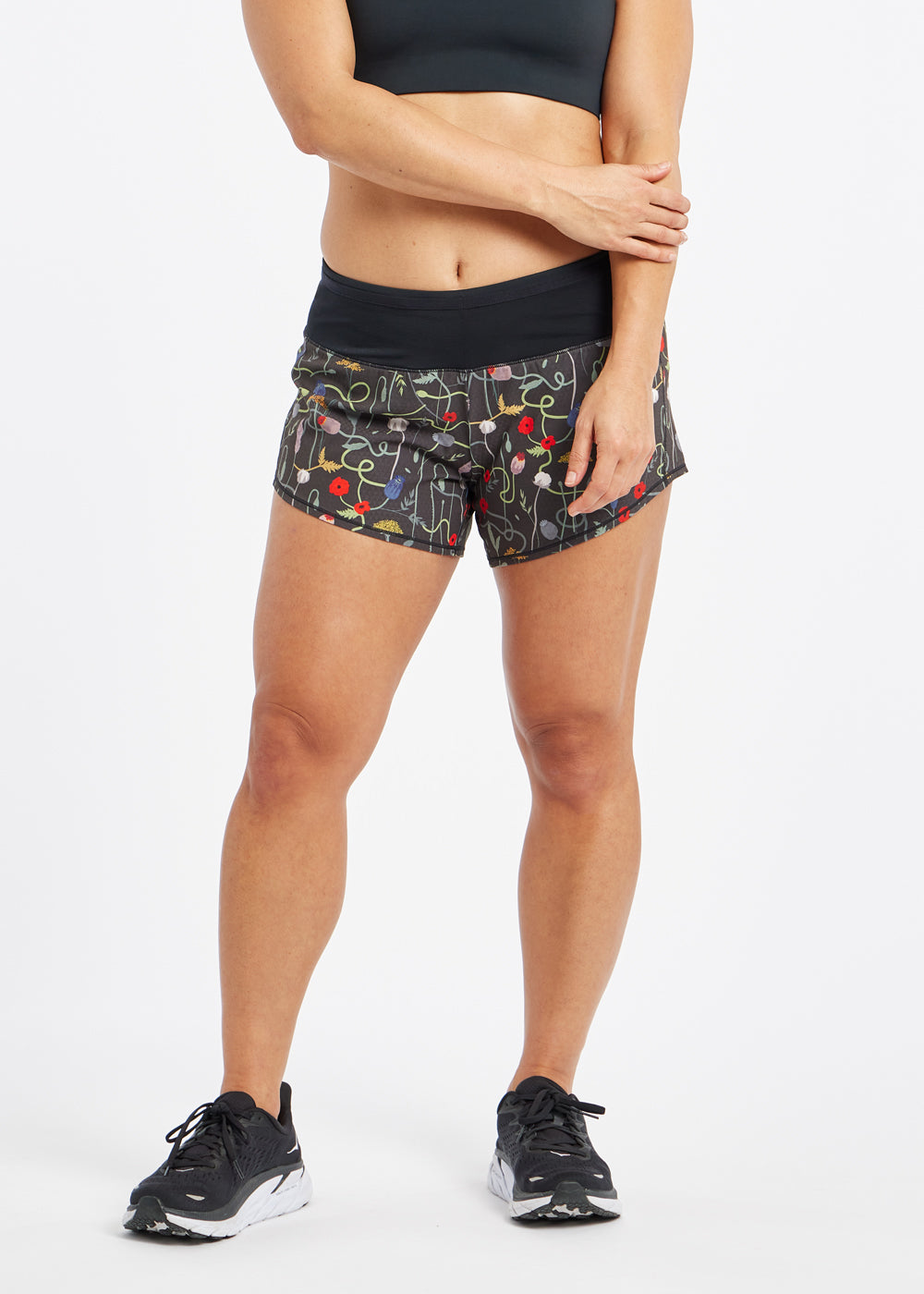
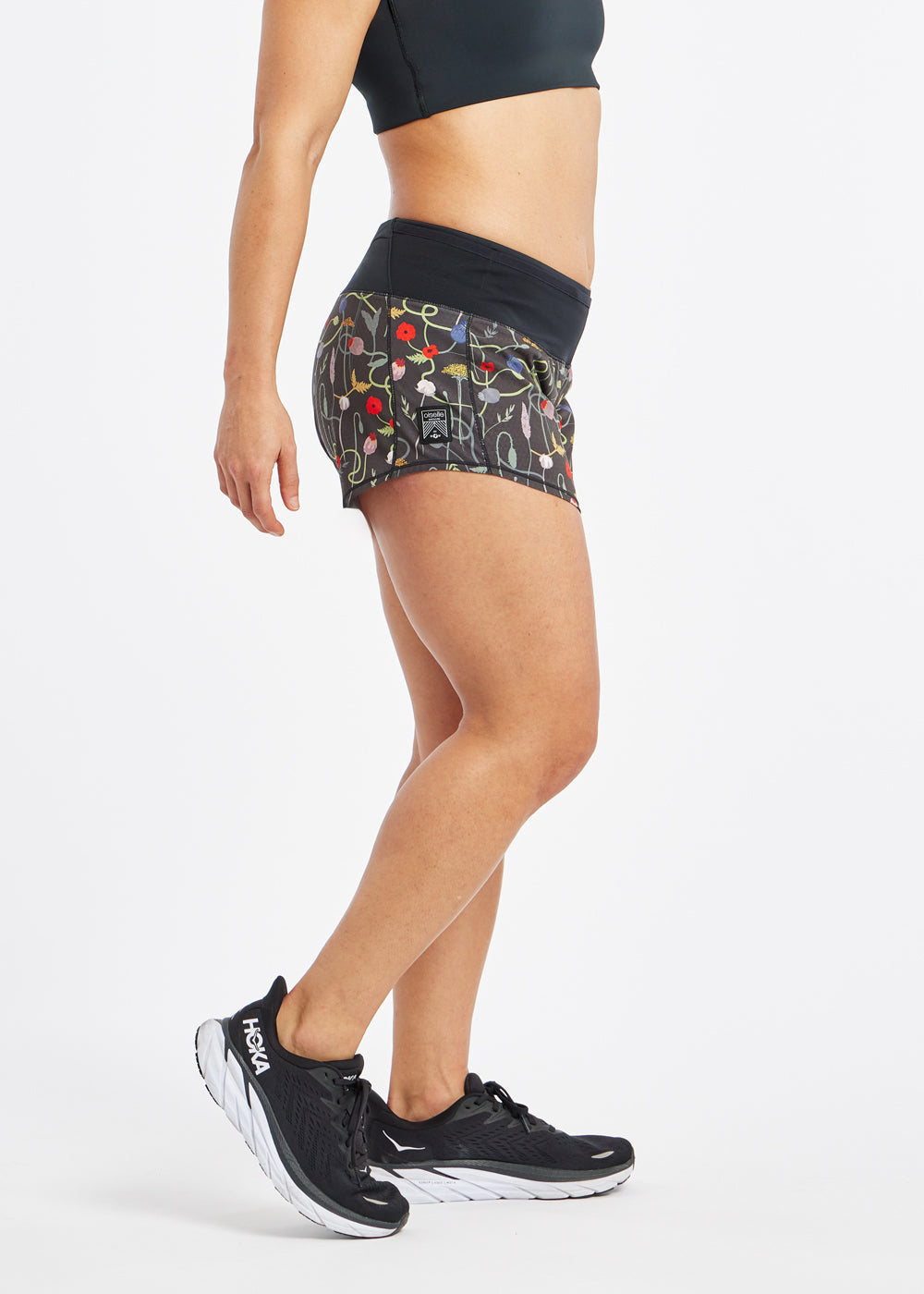
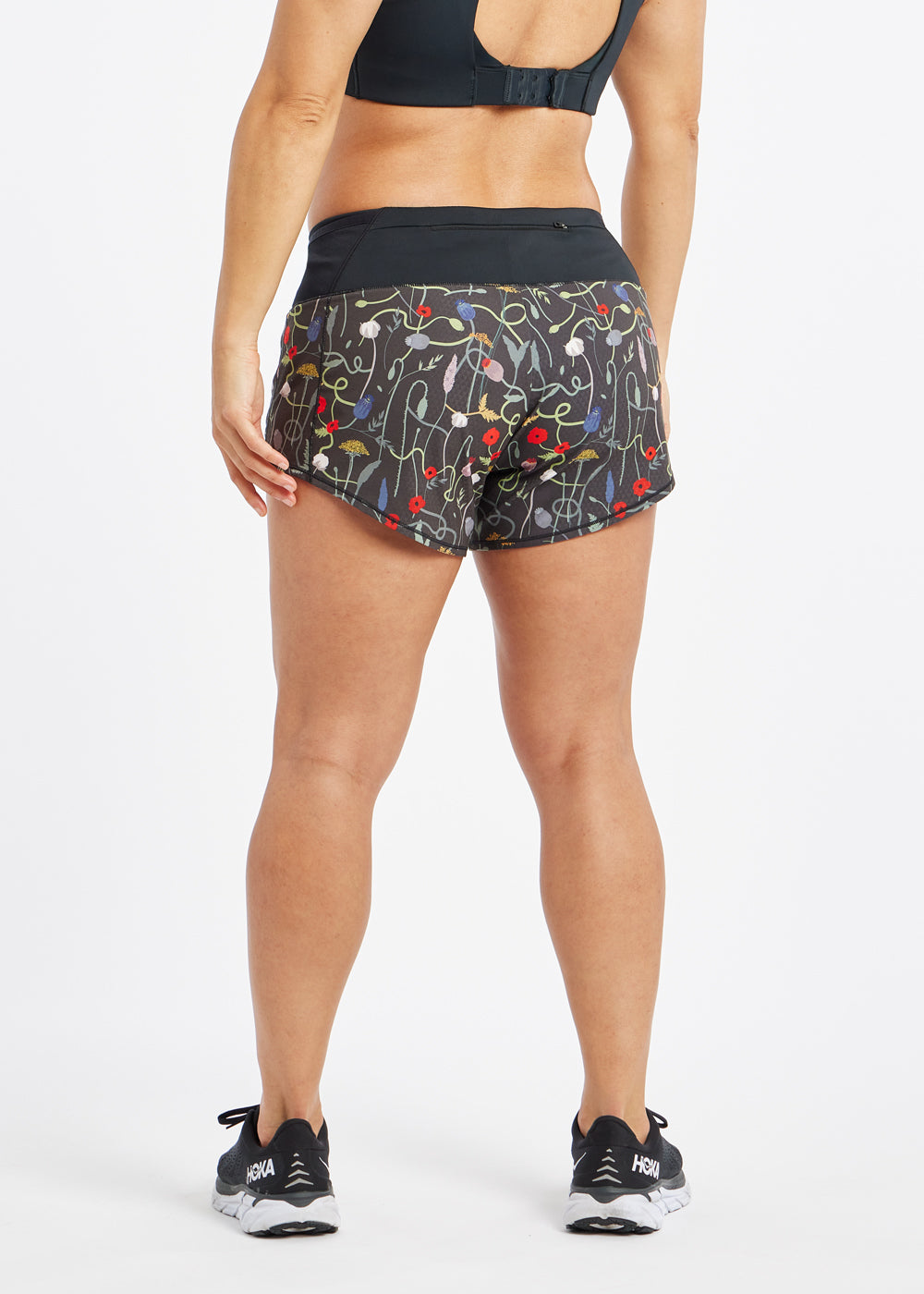















































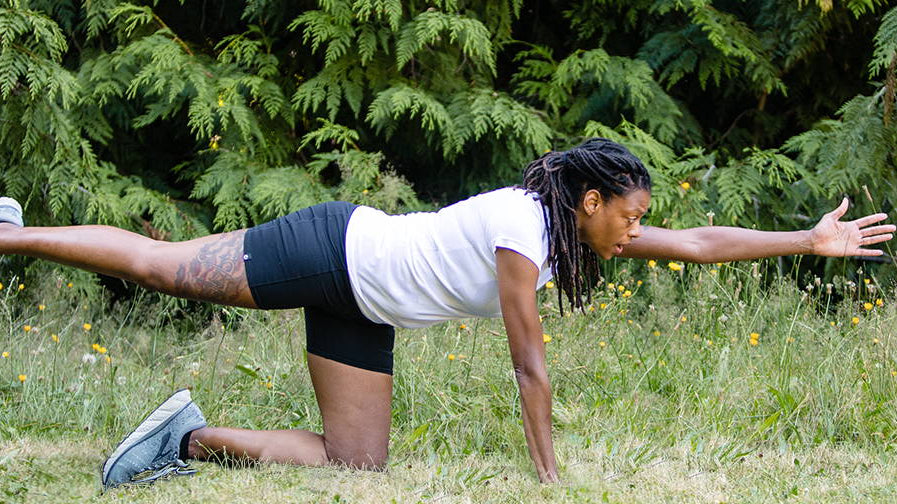
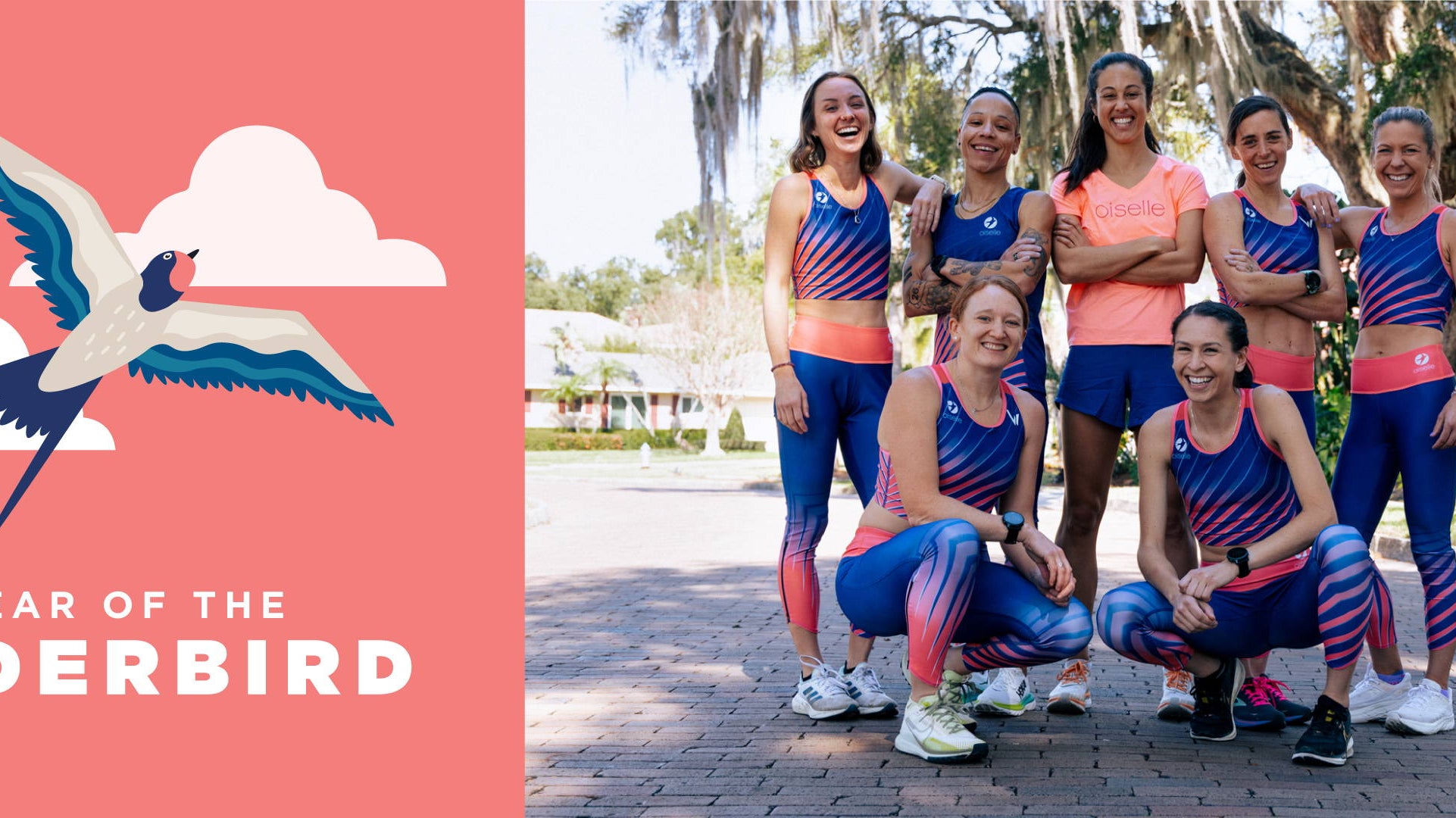
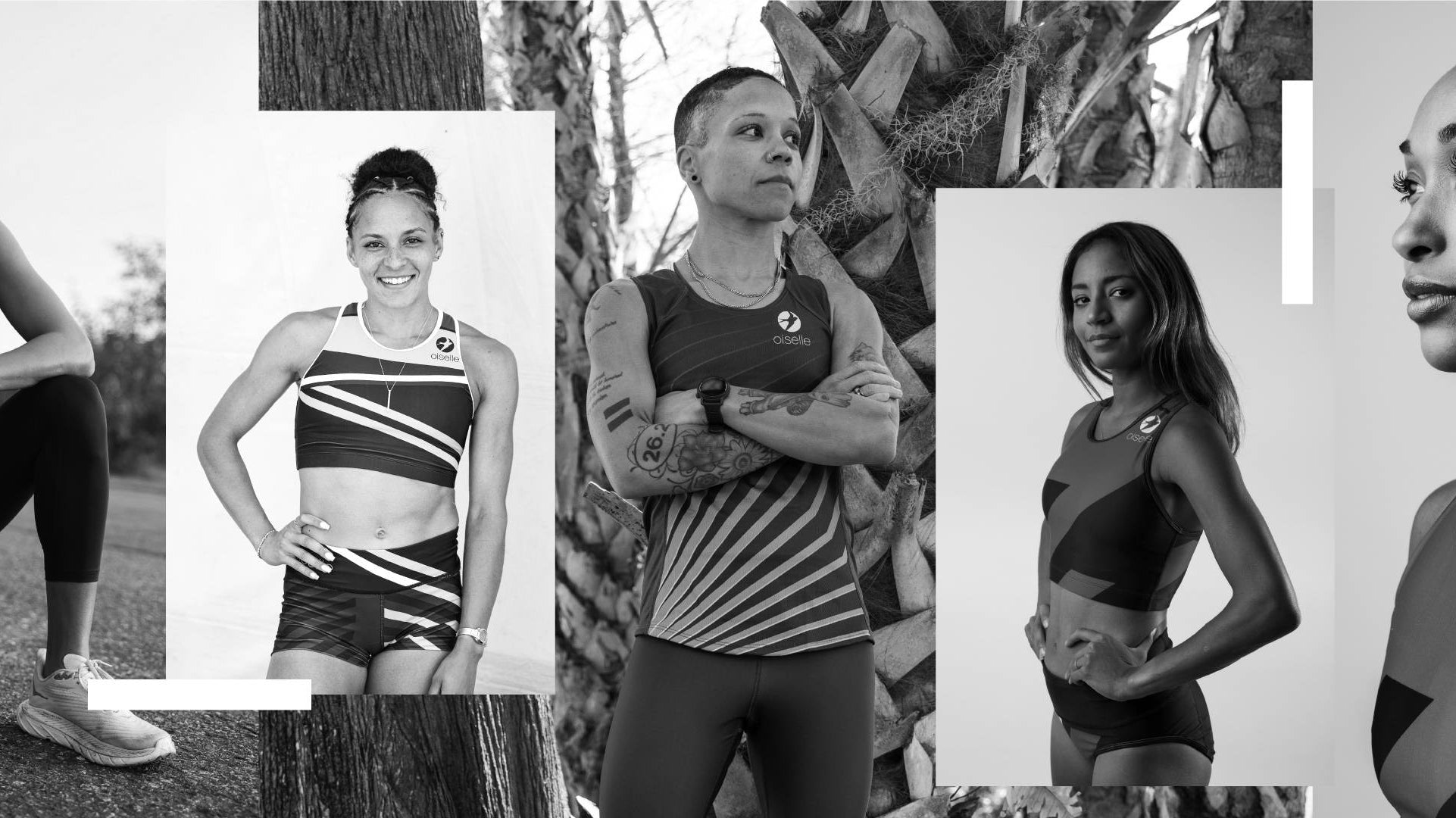
Comments
Another dimension to consider is to stay out of exhaled air of runners. Likely social distancing may be 15’ to 35’ depending on running speed. 6’ to side may be OK. Here’s a link with some aerodynamics of air during running and cycling. I put references on the document.
Coronavirus COVID-19 Social Distancing 2.0
Safer distancing while walking, running and cycling.
http://www.healthedpartners.org/ceu/sd2/social-distancing-2.0-summary.htm
Thanks for this post. I do wear masks while running, even though I know that they aren’t necessarily helpful if you’re social distancing. When I run, I imagine I am in a video game, and I must change paths whenever I see someone, so I never am near anyone. I hate wearing the mask and it sucks…So why do I do it?
For me, wearing a mask while running is purely as a pro-social performance. It signals to others that I care and I am not going to be a threat. When I run, I don’t want to stand out or be bothered for any reason, and I feel like I am less likely to be called out.
That said I haven’t really found the best material yet. Pro-tip- always brush your teeth so you aren’t smelling your stinky breath!
Thank you so much for this great article – so many of my questions have been addressed/answered! Stay safe, stay healthy.
Thank you so much for doing this. As a fellow scientist, it’s nice to see correct, vetted, concise information that is easy to understand for the lay person in these matters. Will be sharing!
Thank you so much for your clear and easily understandable explanations and examples. Thank goodness for the ease of sanity achieved with just you, a pair of runners and the outdoors!
Where was the top photo taken?
Thank you so much! This is really informative!
This is great! Thank you so much for all of the helpful information. Will definitely pass this on!
Yay great news. Thank you, back to running tomorrow!
Thank you for a super clear explanation. Running outside is definitely saving my sanity and I’m lucky to live in an area where my route is very lightly used. Best of luck with your efforts to keep us safe and educated.
Best, most practical article I have run across. Thank you!
THANK YOU for the factual information! There has been much discussion (online) about this amongst our running clubs. I shall pass this along.
Renee Owen, DVM, DABVP canine and feline
Thank you for such a well-written and easily understandable article! I especially appreciate how you’ve anticipated people’s questions and answered them preemptively. (And I really appreciate you clarifying the use of your cigarette smoke analogy.) Well done!!!
From a fellow scientist: thank you for getting that information out in such a well spoken way! The practices you describe are even what we use in our current laboratory situation. Great info to pass on.